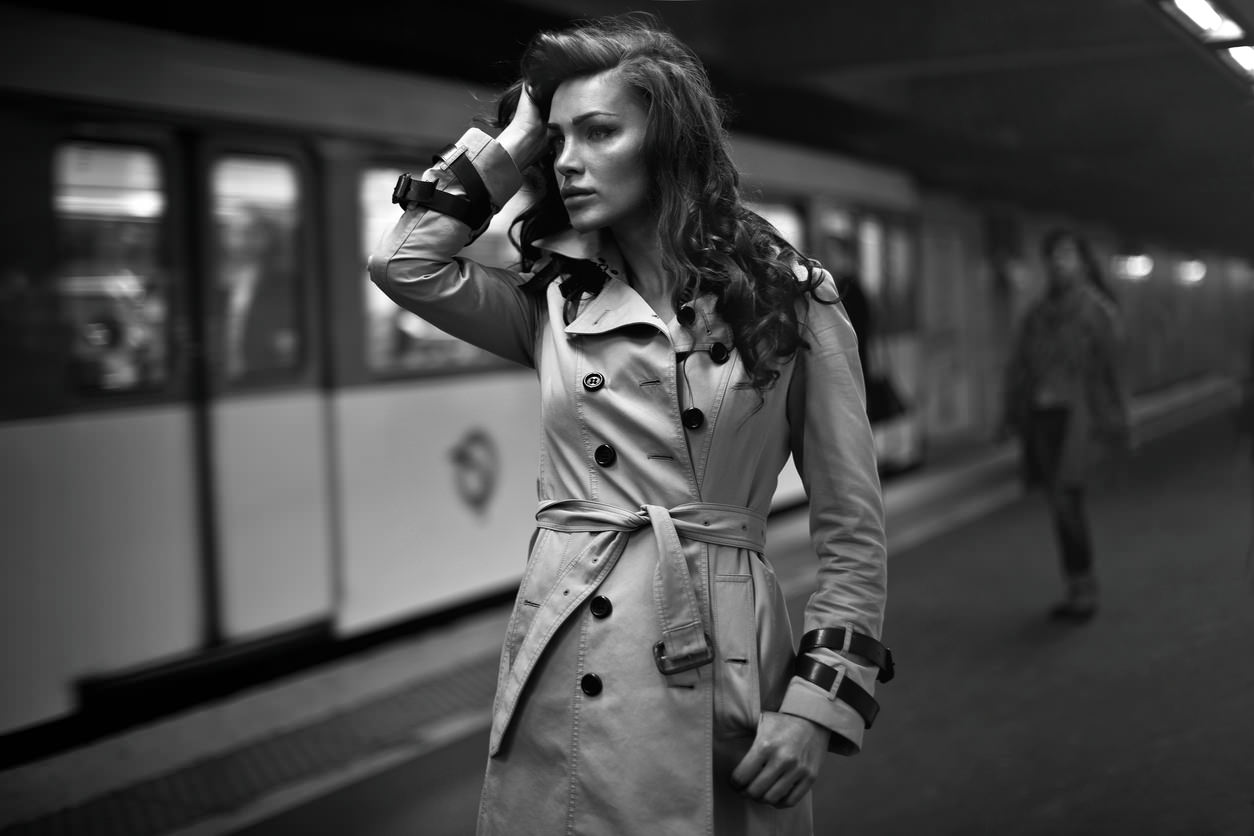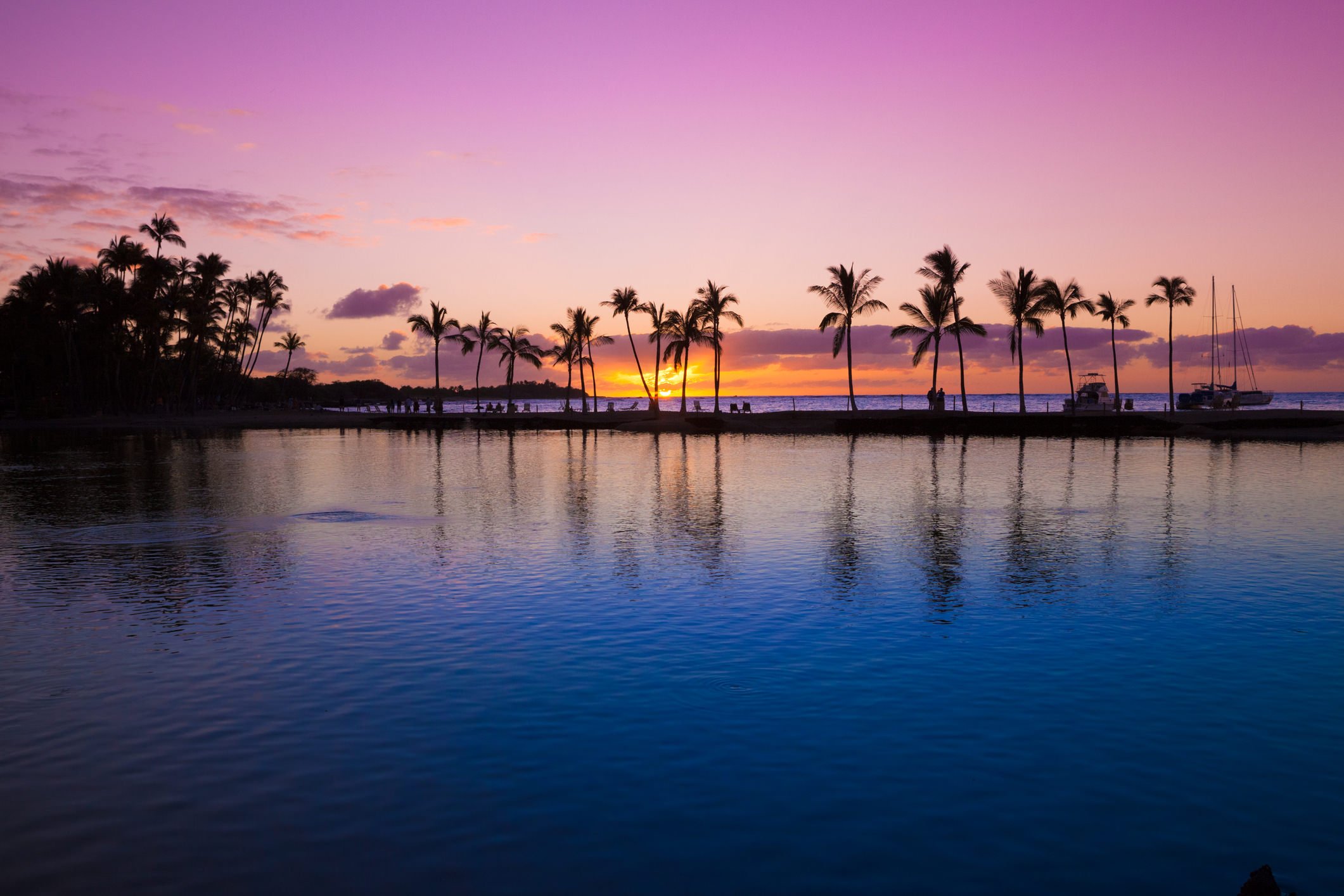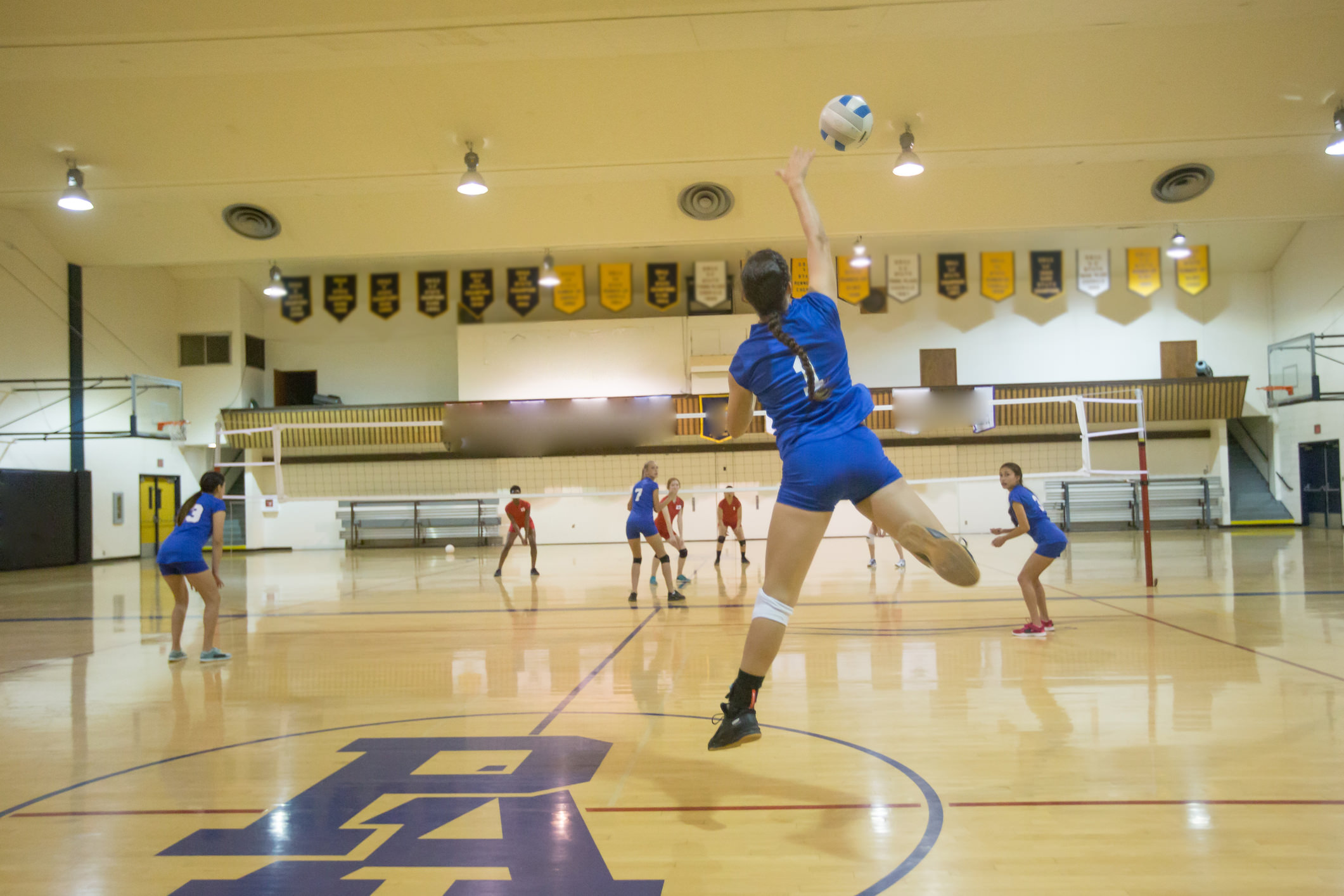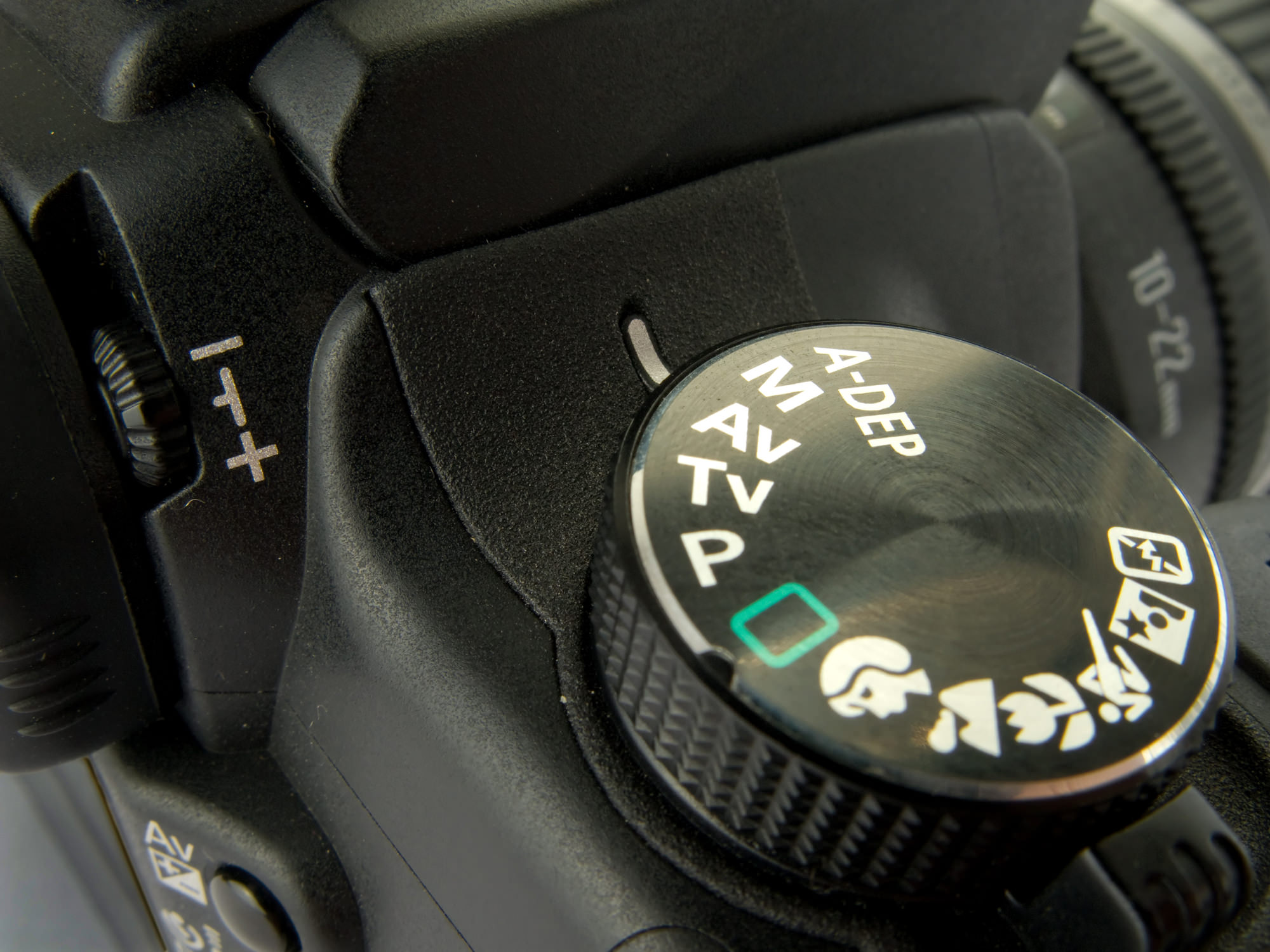What Does Iso Camera Mean
- 68.4K

ISO Meaning In Photography
For beginning photographers, 1 of the hardest parts of learning photography is figuring out all those exposure settings.
You lot know...discontinuity, shutter speed, and ISO.
Nosotros've done a guide for aperture and depth of field and explained shutter speed too.
If y'all haven't already brushed upwardly on those concepts, just visit those articles hyperlinked higher up.
In the meantime, it's time to venture into the world of ISO and learn what it does and how it can touch the look and feel of your images.
WHAT IS ISO IN PHOTOGRAPHY?
Back in the flick days, ISO was often referred to every bit ASA, and it referred to the level of sensitivity of film to light.
The scale on which that sensitivity was measured was 100, 200, 400, and and so on, with a lower number indicating a bottom sensitivity to light.
So, if yous picked up a roll of ISO 100 film, you understood that due to its relative insensitivity to light that it would be well-nigh useful for photos taken in bright lighting conditions. You lot also understood that a roll of ISO 400 moving picture was better suited for lower lighting weather condition, similar taking photos indoors.
When digital photography came about, the manner in which ISO was measured stayed the same.
That means that when y'all dial in an ISO setting on your photographic camera, 100 is yet less sensitive than 200 which is less sensitive than 400, and so on.
The biggest difference, however, is that where in the motion-picture show days ISO referred to the physical qualities of the motion-picture show y'all used, it at present refers to an electronic process inside your camera.
All the same, the concept is still the same - ISO controls the sensitivity of your camera'southward sensor to calorie-free.
For a slap-up introduction to ISO, bank check out the video in a higher place by Sydney Portraits.
A Quick Scenario: Brightening Your Images

Let'southward say that you're indoors taking photos of your kids and that y'all're shooting in aperture priority mode.
Merely let's say that you detect that the images you're taking are but a niggling too dark and you desire them brightened up.
That'south where ISO comes in.
On many cameras, there'south an ISO button on the top or the back of the camera body that allows you to quickly select a new ISO.
Then, for example, if your indoor images are as well night when shooting at ISO 200, you can switch to ISO 400 to brighten the image.
This works because, with every movement of the ISO value upward, you double the sensitivity of the sensor to light. Of course, the changed is truthful likewise - with every movement of the ISO value downwards, you halve the sensitivity of the sensor to light.
A Quick Scenario: Getting a Larger Depth of Field

If y'all're in aperture priority mode and y'all desire a larger depth of field, ISO once again comes in handy.
For case, let's say yous desire to create an paradigm like the one in a higher place in which everything from the foreground to the background is in sharp focus.
The problem is that in depression lighting weather, choosing a smaller aperture means you restrict the light entering the lens. Doing so in aperture priority mode means that the camera will select a shutter speed to maintain a proficient exposure.
So, if at that place's not a lot of light, that ways the photographic camera will select a very slow shutter speed which could finish up being besides slow to get a well-baked, precipitous prototype if you're holding the camera in your hand.
Again, ISO tin come to the rescue.
If you tin can't get the aperture small enough for the desired depth of field without getting a shutter speed that's too slow, just increase the ISO.
The increased sensitivity will compensate for the smaller aperture and allow yous to shoot with a shutter speed that'southward fast plenty for you to concord the camera as well.
A Quick Scenario: Getting a Faster Shutter Speed

Assume that you lot're at an indoor effect photographing your child play a sport and that you're shooting in shutter priority fashion.
Sports benefit from faster shutter speeds because you can freeze the movement of your discipline, fifty-fifty if they are moving very chop-chop.
Still, sometimes the lighting indoors isn't sufficient for a shutter speed that allows you to freeze motion.
Again, that's where ISO comes in.
Permit's say you try taking a photo like the one above, but the movement of the girl's arm as she serves the ball is blurry with a shutter speed of 1/250th of a 2nd.
To freeze that move, you might need to dial in a shutter speed of 1/500th of a 2nd.
The trouble is that the modify from 1/250th to i/500th of a second halves the time the shutter is open. That means you need to compensate for that loss of light somehow.
Yous tin can exercise that past bumping up the ISO - if yous're using ISO 400, irresolute it to ISO 800 would do the trick.
A Quick Scenario: Shooting in Full Auto Mode

When shooting in full machine mode, the camera makes all the decisions regarding exposure settings on your behalf.
That's overnice if you're only starting out considering yous don't have to worry well-nigh making constant adjustments to aperture, shutter speed, and ISO.
Just, some cameras permit you to override the ISO selected by the photographic camera.
That's beneficial for the reasons discussed above - if your images are too dark or your shutter speed is too tiresome, you tin can change the ISO.
In the case of shooting in full motorcar, yous simply select the desired ISO to get the desired effect, just as in a higher place.
If the image is too dark when the camera selects ISO 100, bump it up to ISO 200.
If the shutter speed is too slow at ISO 400, crash-land information technology up to ISO 800.
Similarly, if you need a smaller discontinuity to get a larger depth of field, change the ISO value to a larger 1.
The Creative Side of ISO: Grain

Dorsum in the film days, the ISO of the film you chose to shoot with had yet another impact on your images.
As the ISO value increased, the grainier the resulting images would be.
And then, if you used ISO 400 film, you lot'd see more grain in the image than if you used ISO 100 film.
The same concept applies to today's digital photography - the college the ISO value y'all select, the grainier the resulting image volition be. You tin run into this in action in the series of images below:

Note the difference in grain from ISO 64, which has no visible grain, to ISO 12,800, which has grain that is plainly evident.
With motion picture photography and digital photography alike, grain can exist used as an artistic element.
In many cases, the creative use of grain is used for black and white photography and for images that benefit from calculation grittiness, like street photography.
That means that for a traditional portrait or a landscape shot, grain isn't viewed as positively.
That'south because digital grain (ordinarily referred to equally noise) lessens the sharpness of the image.

In fact, noise tin can be downright distracting in some photos, every bit you can see in the series of images to a higher place.
Notice how the image on the left is clear, sharp, and crisp, but the image on the right with the highest ISO value has pregnant noise that detracts from the sharpness of the subject.
How to Make up one's mind on an ISO Setting
Your ISO setting actually comes down to four fundamentals: light, motion, stability, and grain. Here'due south a quick refresher:
- In low light situations, dial in a higher ISO setting.
- To freeze movement, use a higher ISO setting so you tin can, in plough, employ a faster shutter speed.
- If yous're shooting handheld, employ a higher ISO setting to help prevent blurry photos, again, because you lot can use a faster shutter speed.
- If you want a grainy look, employ a higher ISO setting.
Conversely, if you have more than enough light - like shooting a portrait outdoors during the solar day - keep the ISO low so as to minimize digital noise. Likewise, if y'all're shooting with a tripod and demand to brighten the image, yous can utilize a slower shutter speed to become more than light instead of using a higher ISO and dealing with dissonance.
See ISO in action and learn a little more about how ISO tin impact your shots in the video in a higher place by Mike Browne.
Here's a terminal disclaimer: reading up on ISO is but the start! To actually grasp how powerful of a tool it tin be, you'll need to get out there and practice manipulating the ISO.
With exercise, you'll develop a better sense of what ISO settings get you what results, and from in that location you can begin to manipulate ISO with more than purpose and confidence.
Once yous have the discontinuity, shutter speed, and ISO downwards pat, the next pace is to learn how the three work together as part of the exposure triangle. Read more than nigh that in this post on Exposure Triangle.
Nosotros Recommend
Source: https://www.photographytalk.com/beginner-photography-tips/iso-explained
Posted by: wilcherinizing.blogspot.com

0 Response to "What Does Iso Camera Mean"
Post a Comment